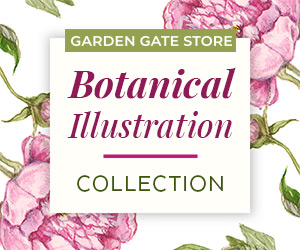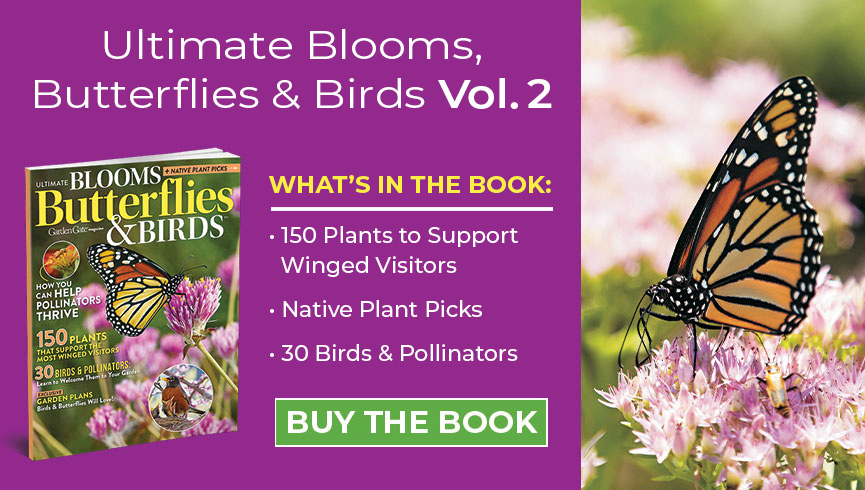
Make a statement in your garden with hardy hibiscus
For big results with little effort, hardy hibiscus is a great perennial for your summer border. The biggest draw is those gorgeous 8- to 12-inch-diameter flowers — they make quite the statement! You’ll find them in shades of pink, red or white with a long pistil and bright yellow anthers that give it some tropical flair. Flowers aren’t the only attraction here — hardy hibiscus has good-looking (and disease-free!) deep-to-olive-green or purple foliage. And leaf shapes vary from round to maplelike. These big, usually 3- to 4-foot-tall perennials take up a large footprint in the border and mimic a shrub in habit.
Hardy hibiscus
(Hibiscus hybrids)
Blooms: Red, pink, lavender or white blooms from midsummer to fall
Light: Full sun to part shade
Soil: Moist, well-drained
Pests: Occasional Japanese beetles or hibiscus sawflies
Size: 2 to 8 ft. tall, 2 to 6 ft. wide
Hardiness: Cold hardy in USDA zones 4 to 9
Meet the hibiscus plant family
Most plants that you’ll find at the garden center are hybrids or cultivars of Hibiscus moscheutos. The species and some older varieties tend to be tall and lanky with blooms near the top. But newer breeding efforts are bringing tidier, mounded habits and new flower colors, such as solid white and shades of pink and red with bluer tones. Another big plus to new hybrids is that plants develop buds up and down the stems, and petals overlap instead of having gaps between them. That provides a bigger show of color and helps the flowers stand up to rainy weather better. ‘Holy Grail’ above is one example of a newer introduction with stunning red blooms and deep purple foliage. But that’s just the beginning — scroll to the bottom of the article for more hardy hibiscus cultivars we love.
You Might Also Like:
8 Tropical Bulbs for Your Garden
Top Plants for Clay Soil by Region
See More Plant Guides!

Hardy hibiscus plant care
The secrets to growing gorgeous hardy hibiscus are plenty of sun and regular moisture. And while well-drained soil is best, this perennial also tolerates clay.
Tips for growing healthy plants
If you’ve noticed that your hibiscus leaves turn yellow and drop along with the flower buds, the plant may be drought stressed. Either water more or add a layer of organic mulch to help conserve moisture. Or, think about where you’re growing it: Laura Robles, regional product manager for Walters Gardens, a wholesale grower that’s introduced several new hardy hibiscus in recent years, suggests looking for a naturally damp spot in the garden. In her backyard, she’s found that those planted at the bottom of a slope, where rain settles, don’t need much attention, while the ones at the top of the slope, where it’s drier, need regular watering during summer.
Hibiscus will do just fine in average garden soil without extra feeding. If your soil is on the sandy side, it’s a good idea to amend it with compost to help it hold more moisture.
Did you know?
You might think that the size of the bloom is determined by how much water or fertilizer you give the plant, but it’s actually determined by temperature. When nighttime temperatures stay between 50 and 60 degrees F consistently, hibiscus will typically produce the largest flowers. Blooms last just a day, but there are clusters of them up and down the stem, so you’ll have plenty of color for a month or so in summer. Hibiscus flowers are nyctinastic — the bottom petals grow faster than the top ones, which forces flowers to close at night.

Spring cleanup for hardy hibiscus
Though you might be tempted to clean up hardy hibiscus in fall, wait until spring to cut the dead stems back. Laura says that the stems are slow to die back in fall and it takes time for them to send all the energy gathered during the growing season back to the crown. So if you cut the stems back before they’re completely dormant, plants may be more susceptible to winter dieback. Besides, the long stems with spent calyxes can add interest to the winter landscape.
Be patient for plants to emerge in spring
Plants take their time emerging in spring because they need soil temperatures that are 60 to 75 degrees F to break dormancy. Just when you think the plant has died, you’ll see green growth starting to emerge. That’s a good time to cut the old growth back. Cut the stems as close to the ground as possible, but if you can only get as far back as the stems in the photo above, that’s fine too.
Troubleshooting hardy hibiscus plants
Here are a few symptoms and solutions for common problems you might have on your hardy hibiscus:
- Plants aren’t growing well, have crispy foliage or flower buds have dropped and the foliage has turned yellow: They may need more water.
- Flowers are smaller than they should be: Nighttime temps are higher than 60 degrees F.
- Plants haven’t started growing in spring: Be patient — it’s a soil temperature thing.
- Holes in the flowers or foliage: Japanese beetles or hibiscus sawfly larvae have shown up.
- Seeds haven’t germinated: Try soaking or stratifying the seeds.
Common pests for hardy hibiscus plants
Hardy hibiscus is usually pretty trouble free. But plants can be susceptible to Japanese beetles. These insects chew big holes in the buds and leaves. Hand pick and drop them in a bucket of soapy water.
Hibiscus sawfly is another potential pest. The 3/16-inch-long adults have a black body with a red-brown thorax and black wings. Caterpillars are pale green when they’re young and develop a black head with tiny black spines as they mature. Caterpillars feed from the undersides of the leaves, leaving them looking lacy, from May to October. You might notice the small brown cocoons near the base of the plant.
For both of these pests, you can use neem oil, an organic pest control that they need to ingest. Spray leaves thoroughly on the top and bottom in the early morning or late evening just before sunset so it has time to dry before pollinators are active.
You Might Also Like:
7 No-Spray Methods for Controlling Garden Pests
Companion Plantings That Really Work
Gardeners Problem Solver Collection

Find the right hardy hibiscus for your garden
Choosing a hibiscus for your garden is quite a challenge — they’re all so pretty! Whichever one you go with, you can count on enjoying those lovely blooms for weeks in summer. Plus they’ll provide a feast for passing hummingbirds and other pollinators.
Plant sources
Almost Eden | almostedenplants.com
Sooner Plant Farm | soonerplantfarm.com





















